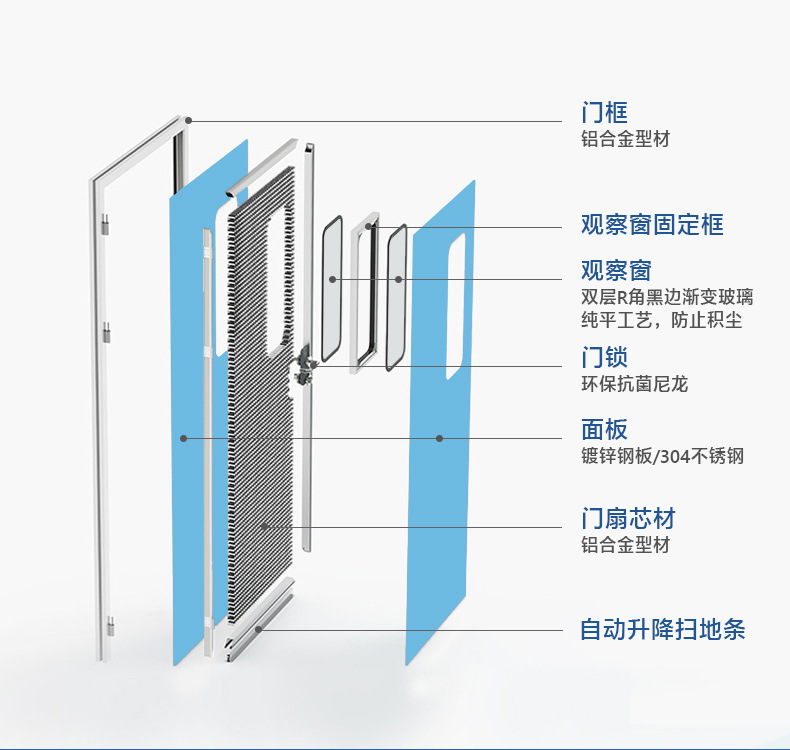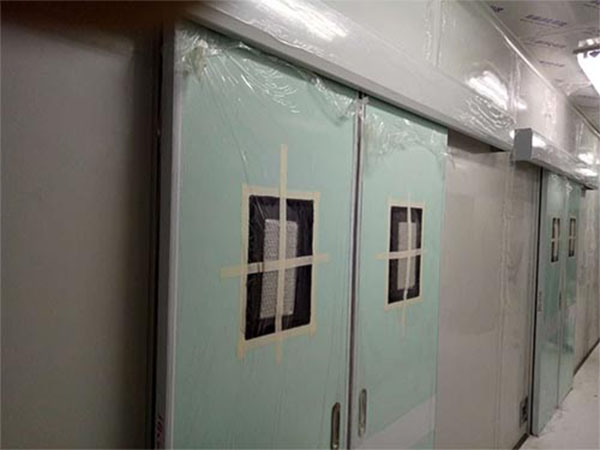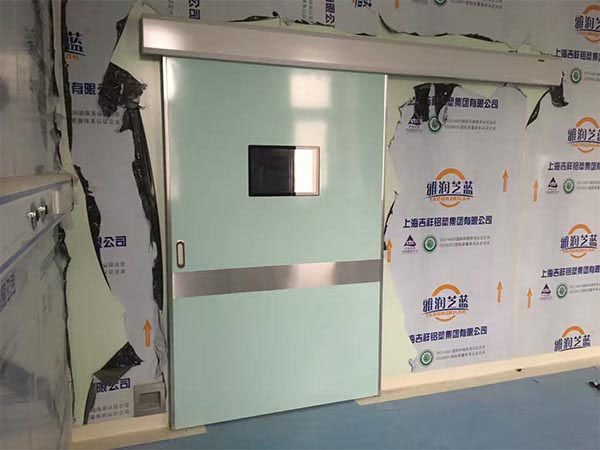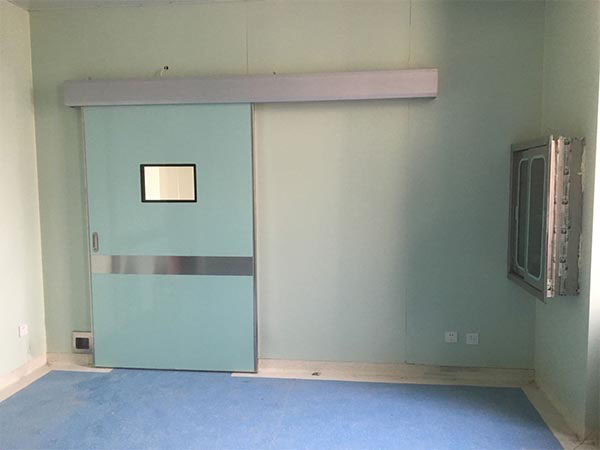An airtight door is a device used to control gas flow and has important industrial and scientific applications. It consists of a sturdy door frame and a sealable door leaf. The main purpose of an airtight door is to prevent gas from flowing freely between two areas, thereby achieving gas isolation and control. This type of door is typically used in environments that require precise control of gas flow, such as laboratories, industrial production lines, and high cleanliness manufacturing processes.
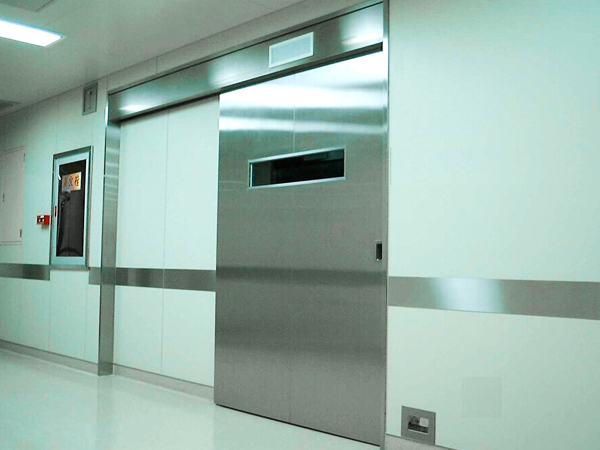
The sealing performance of airtight doors is one of its important characteristics. It should be able to completely seal off to prevent gas leakage or flow into the isolated area. To achieve this, airtight doors typically use special sealing materials and designs to ensure tight contact between the door and the door frame. These sealing materials can be rubber, silicone, or other highly elastic materials that can provide effective sealing when the door is closed. In addition, airtight doors can also be equipped with adjustment devices to adjust the sealing degree of the door leaf to meet different gas pressure and flow requirements.
In addition to sealing performance, airtight doors also have characteristics such as pressure resistance and corrosion resistance. Due to the presence of high-pressure or corrosive gases in certain applications, airtight doors must be able to withstand the pressure and erosion under these harsh conditions. Therefore, the manufacturing materials for airtight doors are usually selected from high-strength and corrosion-resistant metals or alloys, such as stainless steel or titanium alloys. These materials can ensure the structural stability of the door and provide a long-lasting service life.
In the fields of industry and science, airtight doors are widely used in various scenarios. For example, in the laboratory, airtight doors can be used to isolate different experimental areas to prevent mutual contamination or interference of experimental substances. On industrial production lines, airtight doors can be used to control gas flow between different processes, ensuring accurate control and safe operation at each stage. In high cleanliness manufacturing processes, airtight doors can be used to maintain isolation between clean areas and the external environment, avoiding the influence of external impurities on the manufacturing process.
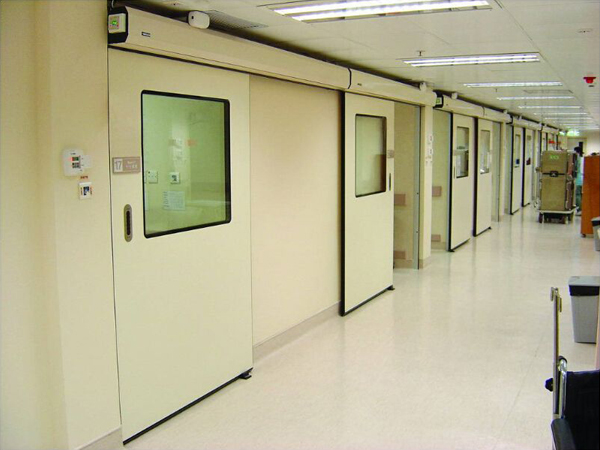
In short, as an important control device, airtight doors play a crucial role in both industrial and scientific fields. Its reliable sealing performance, pressure resistance, and corrosion resistance make airtight doors an ideal choice for controlling gas flow. With the continuous development of technology, the design and manufacturing of airtight doors are also constantly innovating and improving. Modern airtight doors not only have high standard sealing performance, but also adopt intelligent control systems that can achieve remote monitoring and automated operation.





